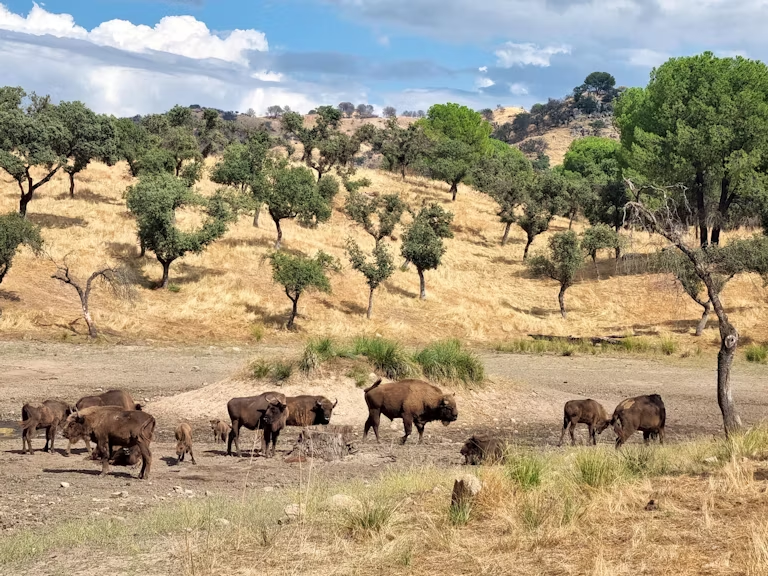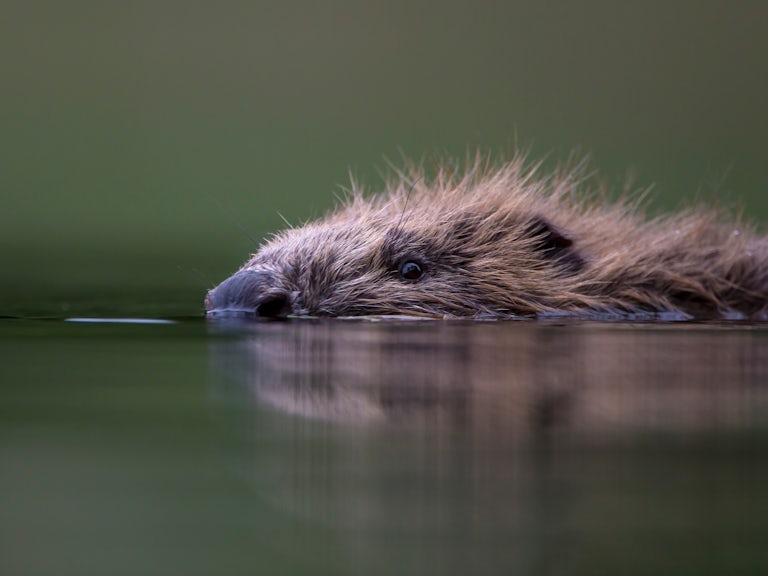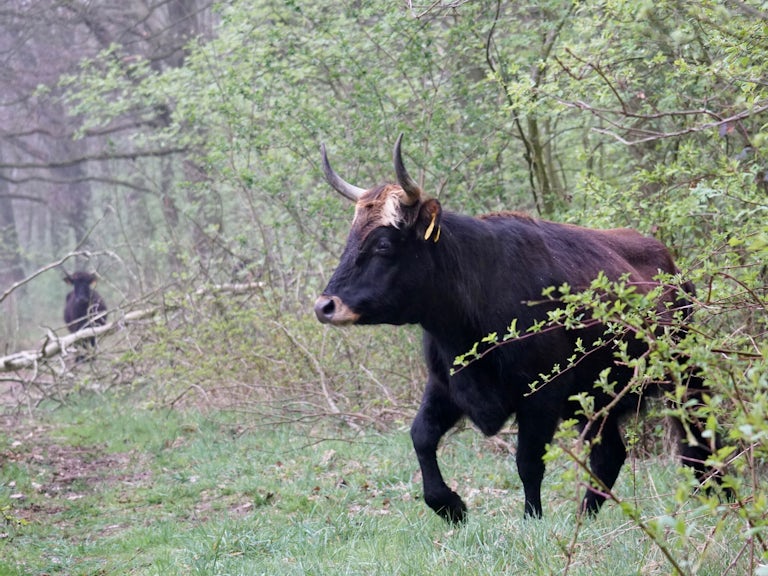Eight species that could thrive in wilder national parks
If our national parks were allowed to be that bit wilder, we could see a whole host of wildlife flourishing, from the majestic white-tailed eagle to the elusive wildcat. Meet the species who’d benefit from this much-needed change in legislation.

Published 20/03/2022
1. White-tailed eagle
Britain’s largest bird of prey, the white-tailed eagle (Haliaeetus albicilla) thrives in vast spaces of open water and land. That’s why national parks could be just the place to restore this precious species.
Humans previously caused white-tailed eagles to become extinct here around a century ago, but today there are estimated to be more than 150 pairs in Scotland following a successful reintroduction programme.
Eating mostly fish, birds, smaller mammals and carrion, the white-tailed eagle needs large-scale fully functioning ecosystems which support an abundant web of life.
What can we do?
The Lake District National Park Authority is actively seeking to restore the white-tailed eagle
. Amending the statutory purpose of National Park Authorities to include ‘nature recovery’ would give them the statutory powers needed to protect and restore nature for these iconic birds.
Did you know?
White-tailed eagles have had many names throughout history, including the Gaelic name iolar sùil na grèine which means ‘eagle of the eye of the sun’.
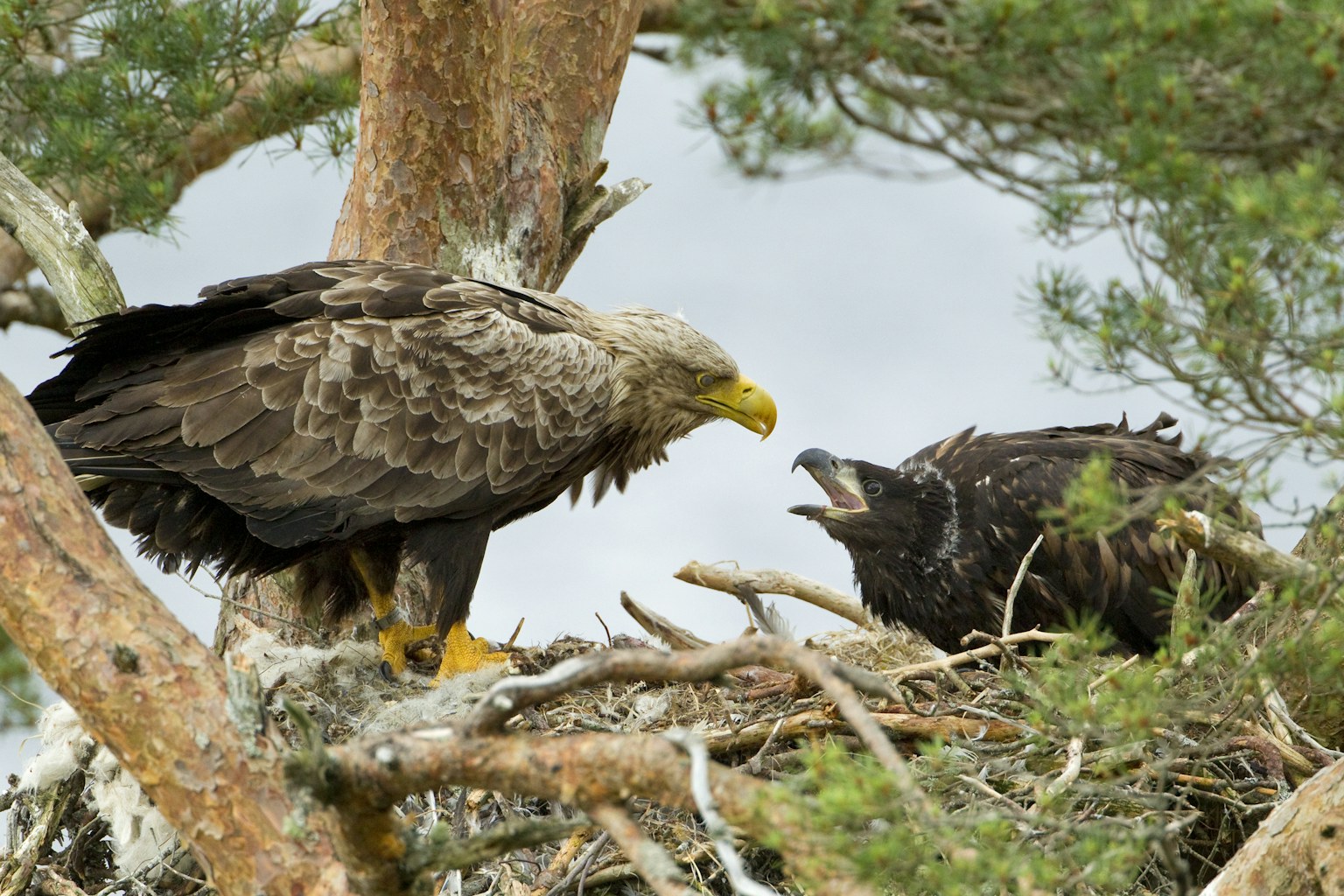
83%
of Brits want wilder national parks
2. Pine Marten
Once the second most common carnivore in Britain, the pine marten (Martes martes) is now a critically endangered species, due to hunting and the loss of woodlands. But there is hope! Recent efforts to reinforce the remaining populations in Wales, Scotland and northern England have been successful, and a reintroduction programme is underway in the Forest of Dean.
The pine marten could prove to be the vital missing link in our ecosystem that native red squirrels need. Research shows that pine martens keep numbers of grey squirrels in check, through predation. Because grey squirrels bring with them a fatal disease to which red squirrels have no immunity, the pine marten is really good news for this iconic native species. It’s also good for Britain’s trees and vegetation, which are damaged by grey squirrels.
What can we do?
The reforestation of our countryside can help support this woodland species. Already, we’re starting to see pine martens return to national parks which are working to reforest. In 2017 a pine marten was caught on camera in North York Moors National Park. The last record of the species in the county was made some 35 years previously. Video footage from a Northumberland forest taken in 2018 showed that pine martens had returned there too. Wilder national parks, with higher woodland cover, would provide the ideal conditions to restore this lost species.
Did you know?
Despite their name, pine martens live in broadleaved woodland as well as pine woodland. They can also survive in open country as long as there is some tree cover.
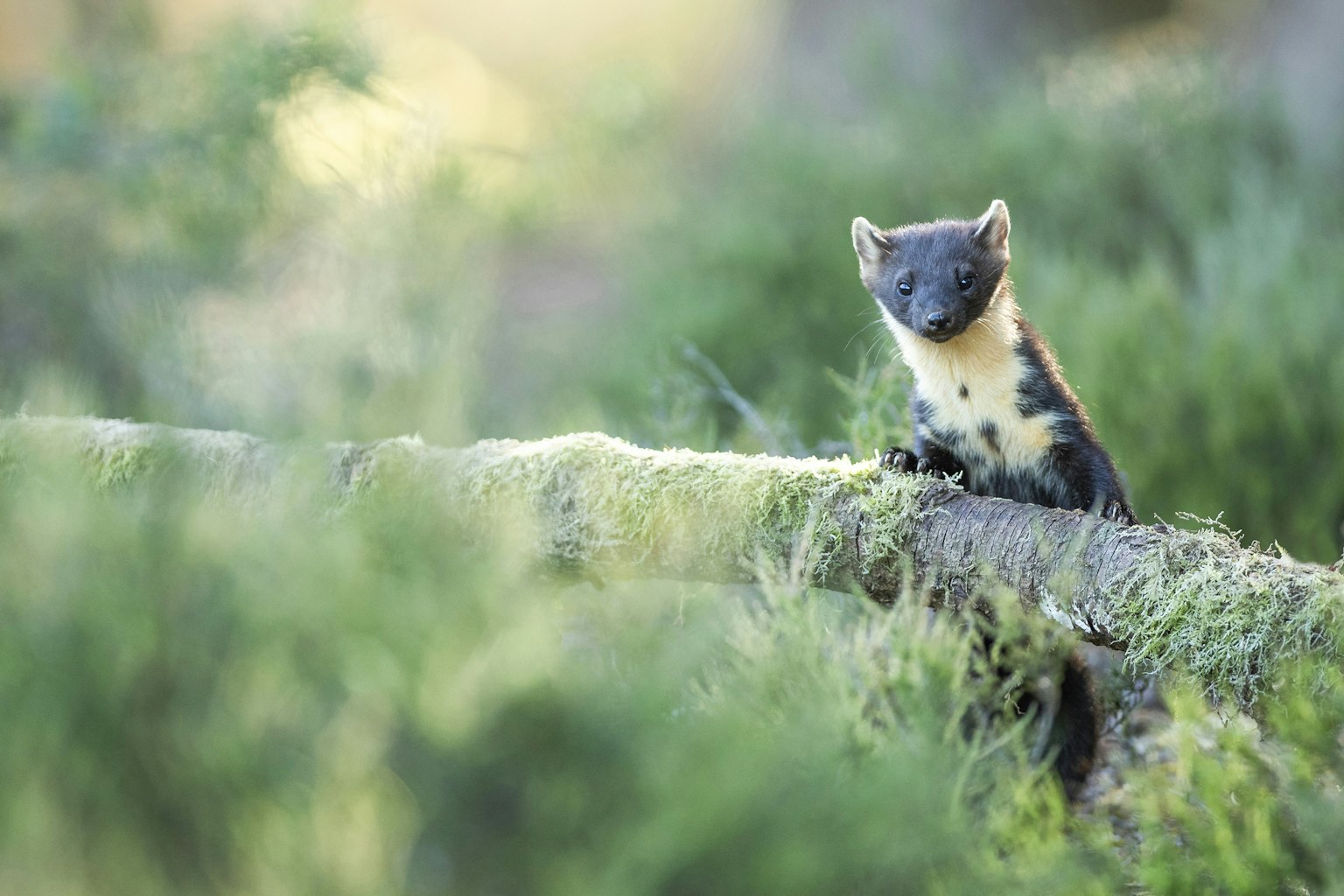
3. Wildcat
Once common across most of Britain, the wildcat (Felis silvestris silvestris) is today only found in Scotland – where only several hundred are thought to be left, thanks to habitat loss and persecution through hunting. Without help the species is set to become extinct in the wild.
An elusive creature, the wildcat lives in woodland habitats where they use stealth to catch small mammals such as voles, mice and rabbits – as well as hares, deer and birds. Wildcats can help keep rabbit populations in check, allowing the natural regeneration of vegetation to occur.
What can we do?
Wildcats are a ‘priority species’ in the Cairngorms National Park, where a breeding programme is aiming to restore 150 wildcats to the wild to help bolster the struggling population.
A similar captive breeding scheme is planned for the reintroduction of wildcats in England and Wales. Wilder national parks could be the best location for this iconic species, especially where wilder woodlands are established.
Did you know?
At first glance the wildcat looks very much like your average tabby cat, but look closer and you’ll see that it has a big bushy blunt tail, a distinctly striped coat, a wider flatter head – and weighs in at 5.5kg!
“Our national parks should be amongst the most precious jewels in the crown of the UK’s natural landscapes.”
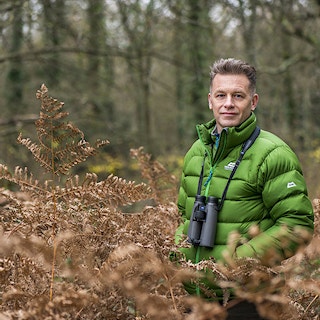
Chris Packham
Naturalist and TV presenter
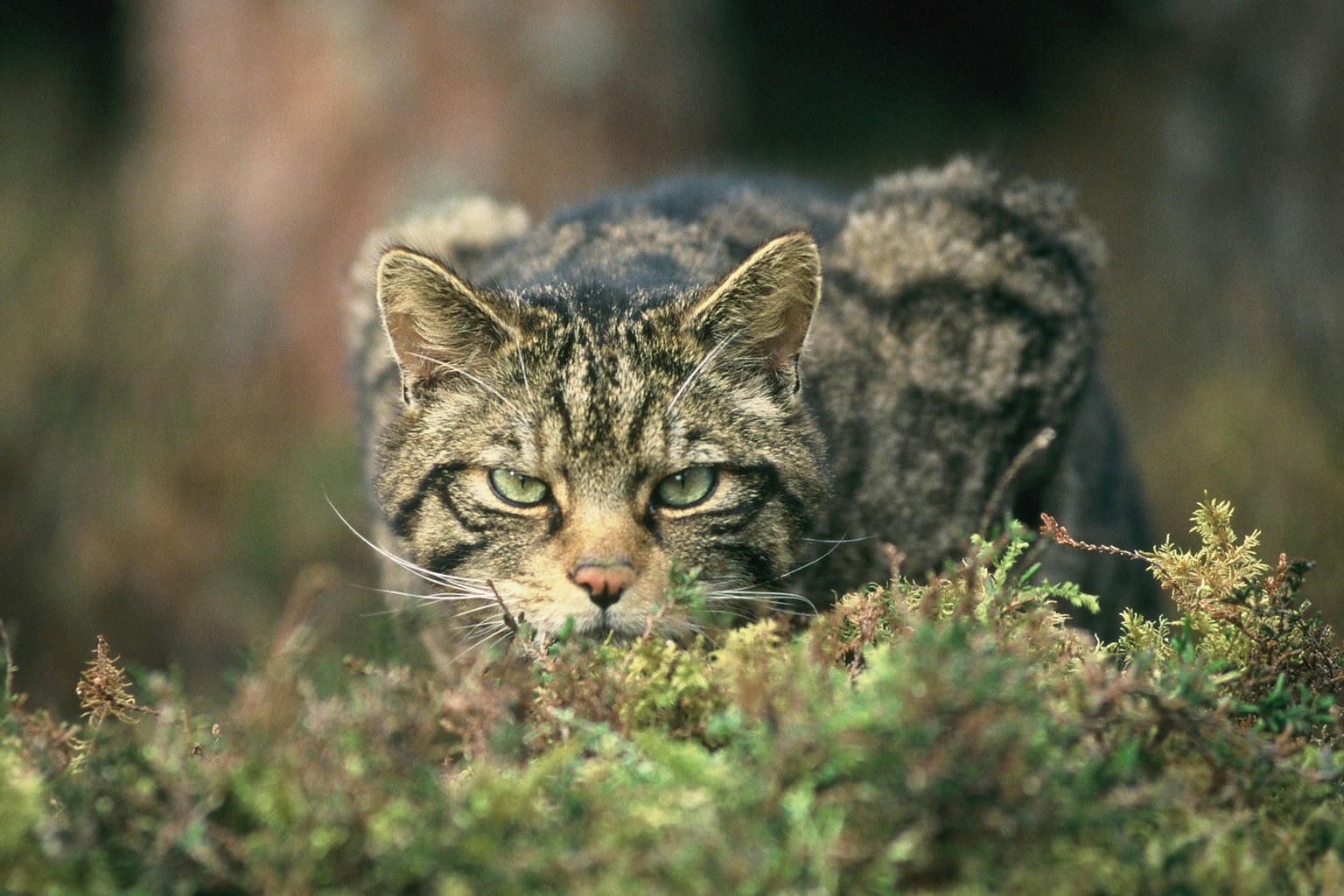
4. Sphagnum moss
Humble-looking sphagnum mosses (Sphagnum spp.) are in fact brilliant ecosystem engineers which not only absorb water to create thriving peatland habitats that other species rely on; they also store significant amounts of carbon.
Peatland habitats in the UK, and the sphagnum mosses that support them, have been in poor condition in Britain for a long time. Peat extraction, burning, heavy overgrazing and air pollution have all contributed to their decline.
How can we help sphagnum mosses?
Prioritising the revegetation and rewetting of moors and bogs in our national parks would help sequester carbon, slow the flow of water in periods of heavy rainfall, improve water quality and support the vulnerable species which call peatlands home.
Did you know?
Sphagnum mosses hold 60 – 68% of their volume in water.

5. Capercaillie
Native to Scotland, the capercaillie (Tetrao urogallus) is renowned for its flamboyant courting display, performed with a series of gurgles and wheezes.
Its favoured home is native pine forest with open canopies and a good mix of different trees – so with an increase in monoculture timber plantations, and changes to traditional woodland management it’s not surprising that the bird is in danger of becoming extinct in Britain.
But there is hope. In Scotland’s Cairngorms National Park, where 80% of the remaining population lives, Glenfeshie Estate is working to preserve and regenerate vast swathes of wilderness – and numbers of capercaillies are on the up, alongside other endangered species.
What can we do for the Capercaillie?
Just imagine if every national park made a commitment to rewilding inside their boundaries. We’re asking the Government to create core rewilding areas on public land across 10% of Britain’s national parks.
Did you know?
The capercaillie is the world’s largest grouse and known in Gaelic as ‘horse of the woods’.
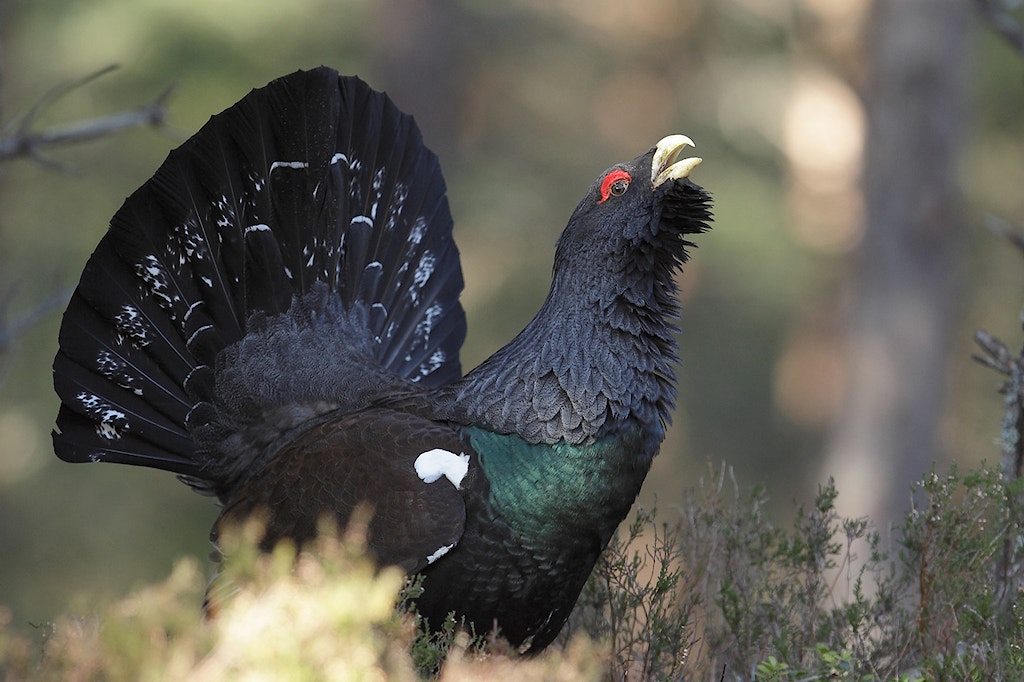
6. Red squirrel
The charismatic red squirrel (Sciurus vulgaris) is our native squirrel species, having lived in the UK for around 10,000 years. It’s no secret that they’re in decline, with the majority of red squirrels now found only in Scotland.
Even those 138,000 individuals remaining are living at the limits of their range, having been pushed out of their preferred habitat of broadleaved woodland by grey squirrels and deforestation – as well as persecution.
While it’s encouraging that the Lake District National Park is still home to red squirrels — one of England’s few remaining locations – over in the Peak District National Park the last recorded red squirrel was as far back as 1980.
How can we help the red squirrel?
Wilder national parks, allowing the natural regeneration of native woods, would increase available habitat for red squirrels. Reintroducing pine martens, an agile tree climber and a predator of grey squirrels, could also play a valuable role in the recovery of red squirrels.
Did you know?
Red squirrels don’t hibernate; in winter they rely on food they’ve buried, locating this through a foot of snow.
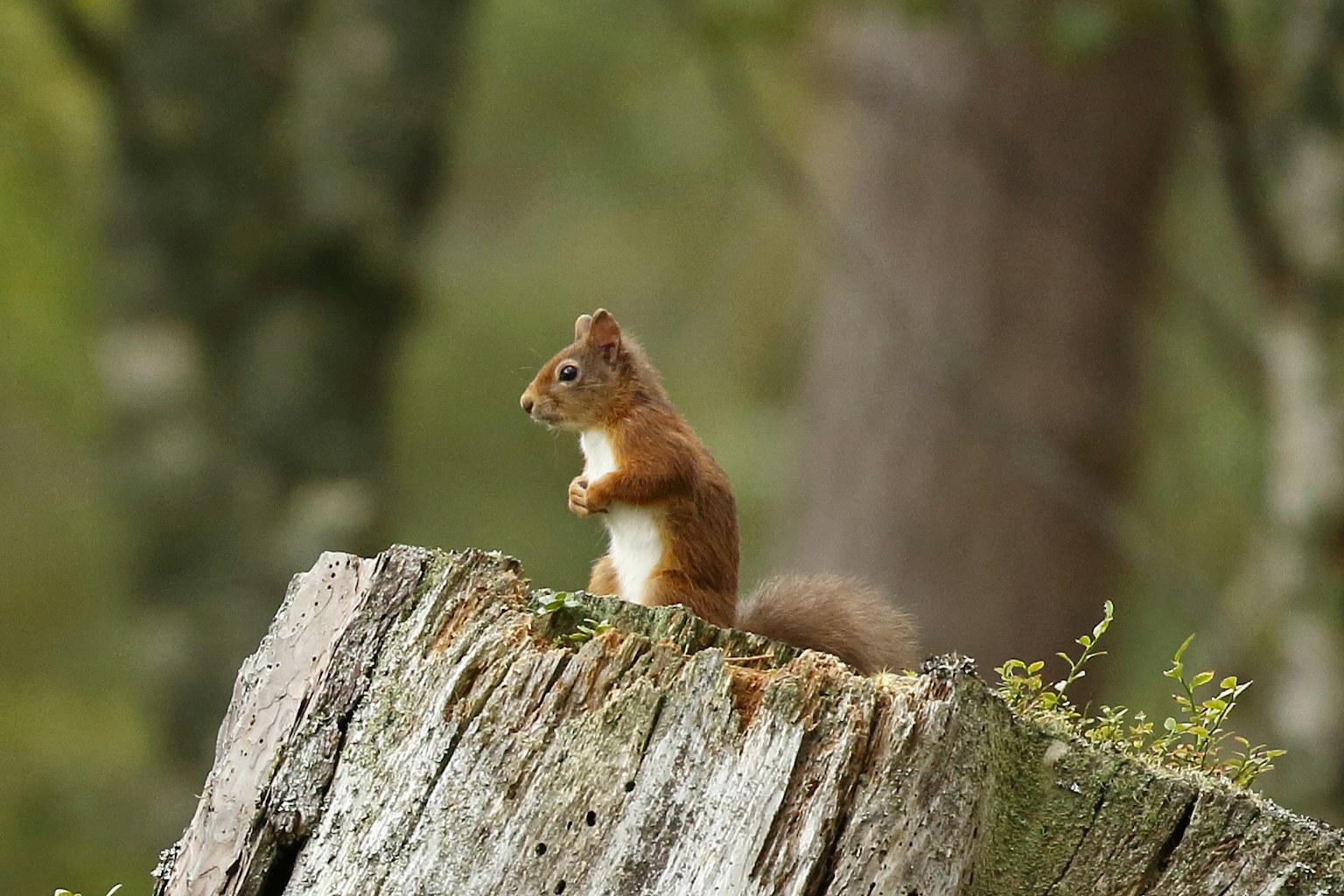
7. Bilberry bumblebee
This beautiful bee (Bombus monticola), with its fluffy apricot-coloured tail, can be seen trundling its way between moorland flowers in late summer. Known also as the mountain bumblebee, it relies on a diverse range of plants, including bilberry and grassland flowers such as clover and bird’s‑foot trefoil.
The greatest threat to this species is habitat loss. Burning and overgrazing on moorland reduce the floristic diversity of these fragile ecosystems and damage the soil structure. Plus, as temperatures rise due to climate breakdown, further loss is likely as their preference for cooler temperatures causes their native range to diminish.
What could help this bumblebee:
The great work that the Peak District National Park is doing with the Bumblebee Conservation Trust to increase foraging habitat for bees and build resilience into the landscape for wildfires gives us hope that wilder national parks can offer a solution.
We’re urging ministers to show real leadership by creating wilder national parks with core rewilding areas in each of them – in which driven grouse shoots are phased out, and our precious moors are brought back to health.
Did you know?
This bee nests underground in old mammal burrows.
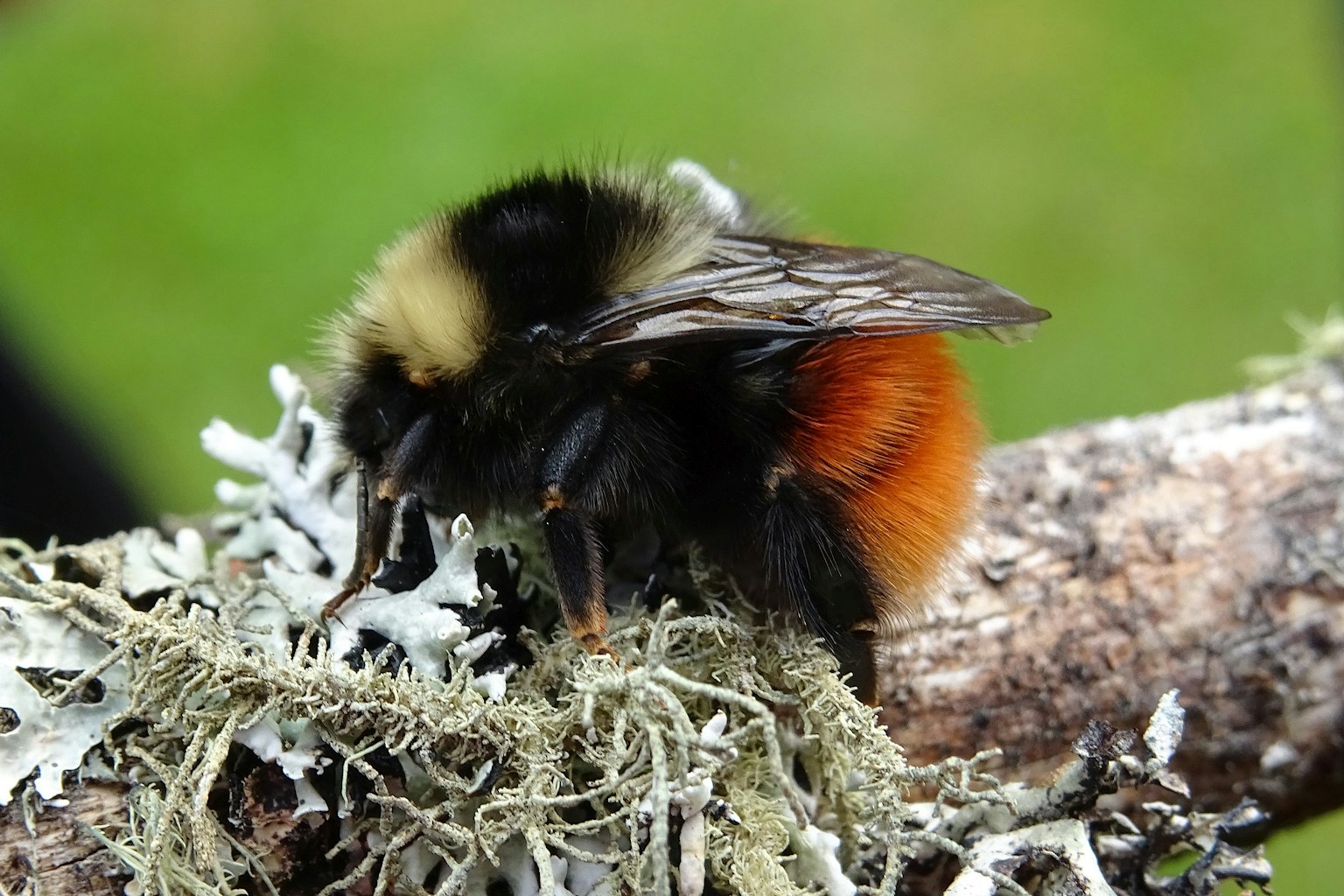
8. Brown trout
The iconic dappled brown trout (Salmo trutta) is a familiar fish found foraging throughout British waterways for invertebrates, crustaceans and the like. In some areas it’s in trouble due to overfishing, pollution and habitat loss. Warming rivers also present a long-term risk to the survival of this species which is adapted to cooler environments.
What can we do for the brown trout?
Luckily, many national parks have action plans for trout, because the species is regarded as a good indicator of the health of a river system (and also has a recreational value for humans!) As part of a wider scheme to restore the River Dee, Snowdonia National Park Authority runs a hatchery so that visitors can learn about the lifecycle of trout.
Wilder national parks would give us the opportunity to deliver cleaner, more ecologically-rich rivers, which in turn support larger fish like our native trout. Restoring our national parks so that they can help sequester carbon has the added benefit of limiting the impacts of rising temperatures on rivers and streams, and wilder river margins with more shading from trees help keep waters cool during hot weather.
Did you know?
The brown trout can live for up to 20 years.
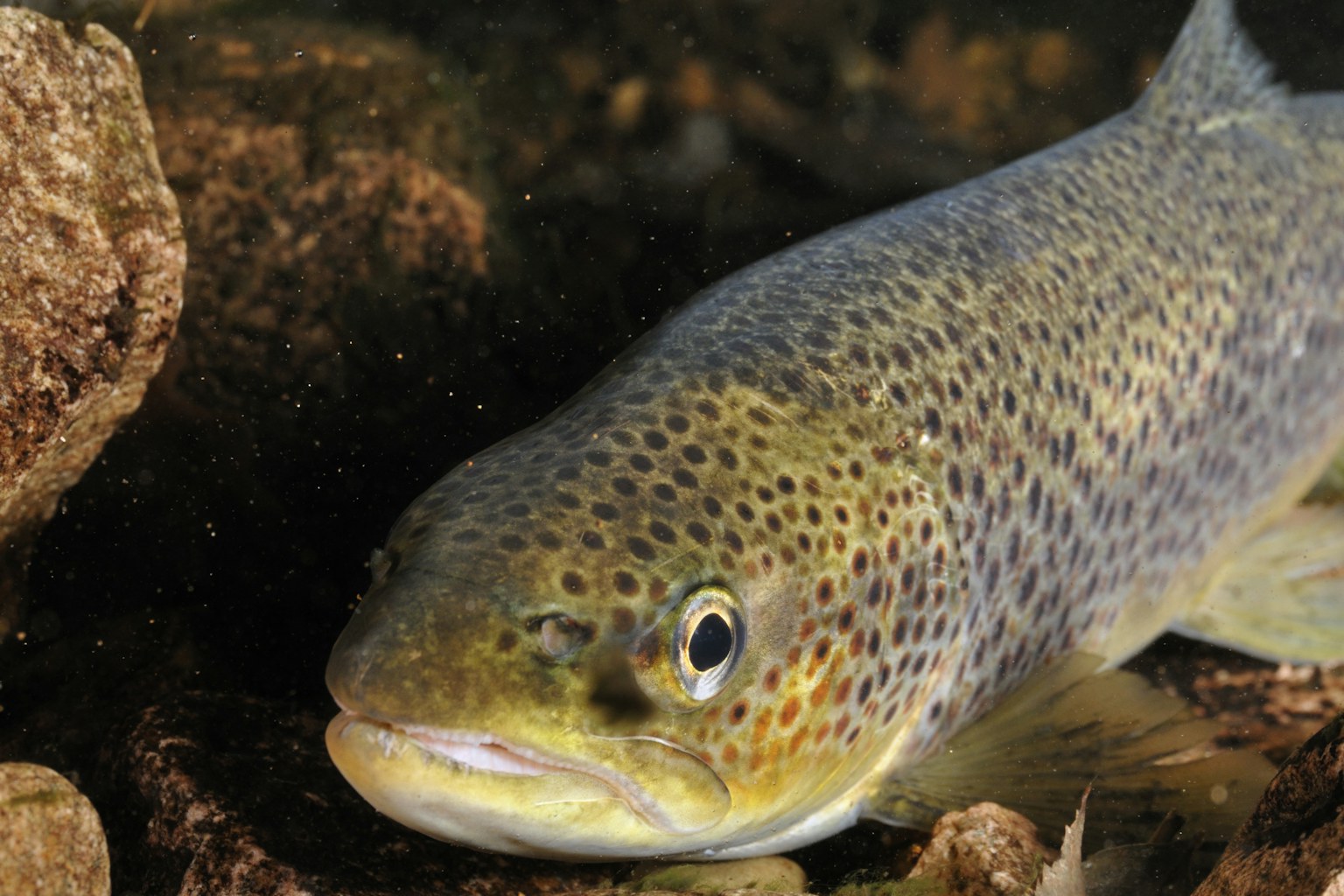
Transforming our national parks
As part of our Wilder National Parks campaign we’re calling on the UK Government and devolved administrations to:
Create core rewilding areas on public land across 10% of the national parks.
Ensure another 50% of the parks become nature recovery areas – with a mix of habitats, wildlife corridors and land uses, and Government financial support for nature-friendly agriculture.
Modernise legislation to empower the parks to upscale their efforts for nature’s recovery.
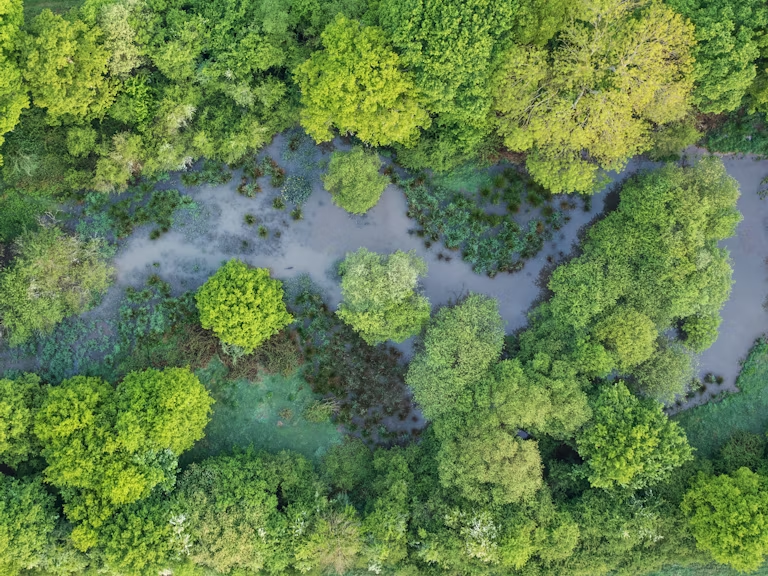
Explore our Rewilding Manifesto
We need UK Government to Think Big and Act Wild for nature, people and planet.
Learn more
Our vision
We have big ambitions. Find out what we’ve set out to achieve through rewilding.
Our 2025-2030 strategy
